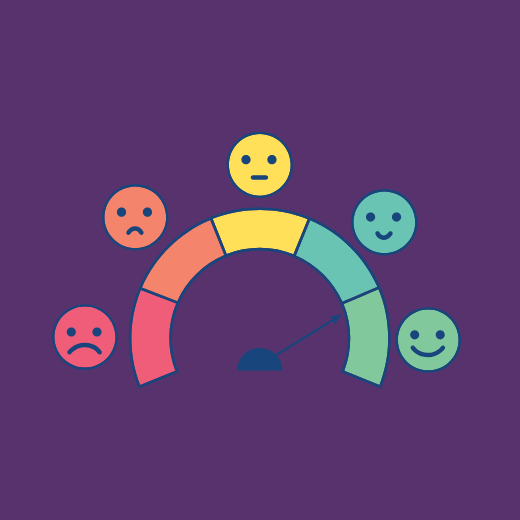So if hiring and retaining younger workers is a part of your overall strategy (and it better be!), there are a few steps we can take to engage younger workers.
Just remember that changing anything in ourselves long-term requires a shift in belief first, then a change in behavior.
- Shift your mindset
- Grow your skillset
- Get off your ass-ets
SHIFT YOUR MINDSET
Stop thinking of the younger generations as so different and putting them in a box of entitled, lazy, know-it-alls. Remember, that is what our parents thought of us too when we were younger.
Shifting this becomes a matter of where you place your focus. Of course, there are differences among the generations, but if that is what you choose to focus on, that is all you will see. Instead, if you spend some time focusing on what you have in common with these younger workers, you will see more similarities.
When I conduct generational training, there are a few exercises I have the participants do that drives home the power of focus.
While that’s hard to do here, let’s try this… think of the last time you purchased a new car. Prior to the purchase, you may not have seen many Maroon SUVs of your make and model on the road. But after? They’re everywhere! You become convinced that everyone bought your exact car the same time you did.
So what happened? Was there an uptick in Maroon SUV purchases? Not likely. More likely, your awareness and focus changed.
Once you start looking for something (even subconsciously), you began to see it everywhere. Look for differences, see differences. Look for similarities, see similarities.
One tool that can help us see where similarities and differences exist is our “6 Workplace Motivators Assessment.”
This assessment determines the primary driving forces and motivation behind someone’s performance. It can be very eye-opening for someone to see that what they are motivated by is very similar to someone in a younger generation.
GROW YOUR SKILLSET
The number one complaint employees OF ALL AGES have is that their manager gives them very little feedback outside of their annual performance review. Not too surprisingly then, the number one challenge managers come to me with is how to have difficult performance conversations with their employees.
If you then add in the perception that the younger generations are entitled and unable to accept feedback, you can see the recipe for very few productive performance conversations ever taking place. No feedback = no improvement.
When I think of my early career, many of the positive changes I made happened solely because someone had the courage to give me difficult feedback. Did I like it? No. Did I except it and learn from it? Yes. And the number one factor in me listening to and accepting that feedback was this…
I trusted that the person giving me the feedback had my best interests at heart. Once that foundation is in place, you can flub your lines and stammer through your feedback and it will usually be well-received.
If you’d like to work on the technique part, I highly recommend the book “Radical Candor” (a management philosophy based on Caring Personally while Challenging Directly) by Kim Scott. This book shows a specific framework for delivering feedback and interacting more authentically with team members.
See the next article for third strategy (Get Off Your Ass-ets) for engaging younger workers.
~ Nancy Roberts
The DISC Wizard






